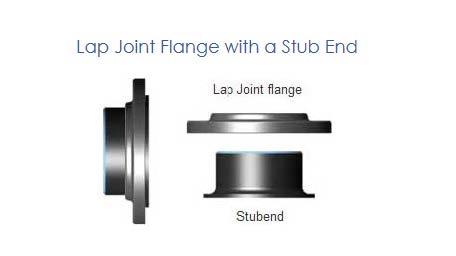MartinLe
Civil/Environmental
- Oct 12, 2012
- 394
Consider a flat collar, like this:
and a collar, like this:
When to use one over the other and why?
The flat collar is welded around the pipe, the collar to the face of it. Does this matter down the road?
I don't have acces to the DIN EN 1092-1
The background of the question is that we specified flat collars and the contractor installed collars. When I raise the issue in house, I want to have asked the stupid newbie questions beforehand so I turn to you. But please leave contractor and coworker relations etc. to me, in this thread I only want to know the relevant technical diffferences.
and a collar, like this:
When to use one over the other and why?
The flat collar is welded around the pipe, the collar to the face of it. Does this matter down the road?
I don't have acces to the DIN EN 1092-1
The background of the question is that we specified flat collars and the contractor installed collars. When I raise the issue in house, I want to have asked the stupid newbie questions beforehand so I turn to you. But please leave contractor and coworker relations etc. to me, in this thread I only want to know the relevant technical diffferences.


